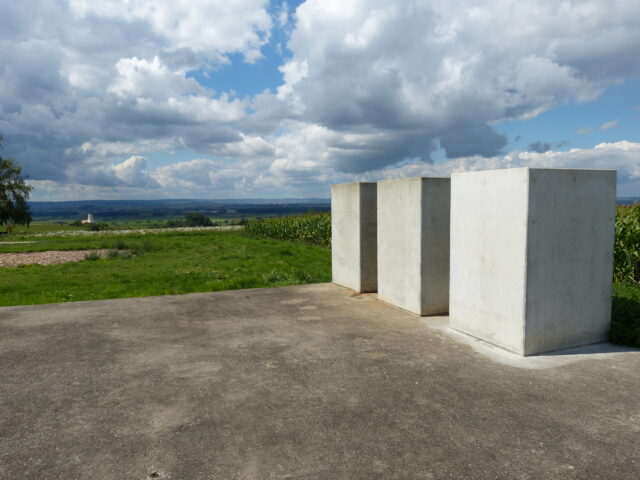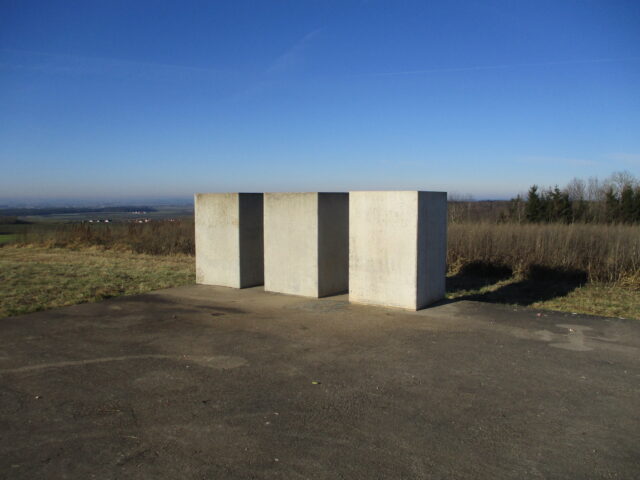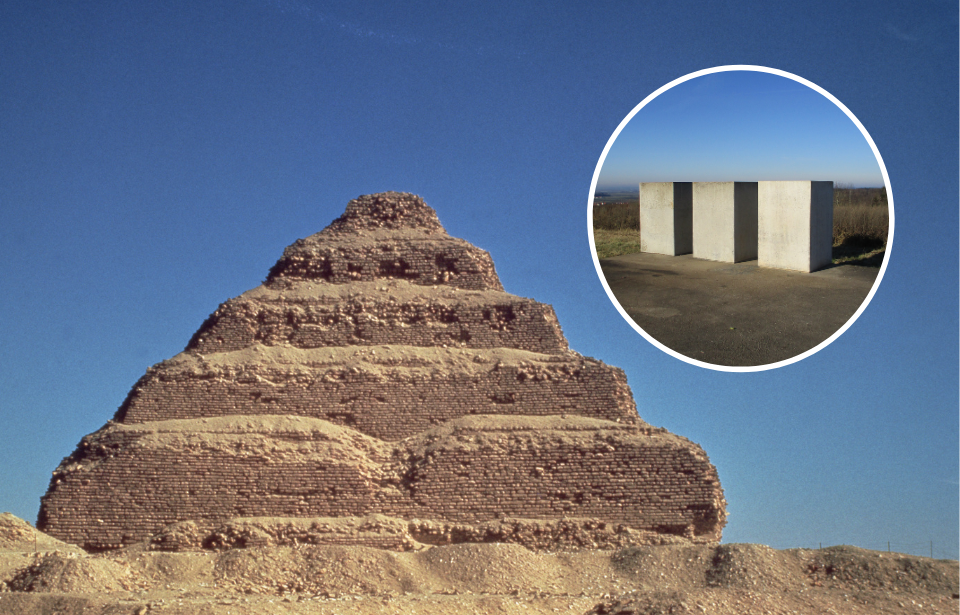The Germans are slowly working at creating a very unusual pyramid. The ambitious project began in the 1990s and isn’t set to be completed until the 3100s. With that timeline, even our great-great-grandchildren won’t see the structure in all of its glory. That is, if the pyramid is ever completed.
The artist began in 1993
Sixty-one years after his birth in 1932, German artist Manfred Laber began one of the biggest, and certainly the longest, artistic projects of his career. In 1993, to honor the 1200th birthday of the town of Wemding, Bavaria, he began the process of placing a new concrete block, weighing six tons each, every 10 years at the base of what is called the “The Wemding Time Pyramid (or Zeitpyramide).”
The pyramid is planned to be made up of an even number of squares, with 64 blocks as the base, 36 blocks on the second tier, 16 blocks on the third tier, and four blocks at the pyramid’s peak. The entire structure will consist of 120 concrete blocks.
It won’t be completed until 3183 CE

If you do the math on the installation of each new block, it is clear the pyramid will not be complete for a long time. In fact, it is not expected to be finished until 3183 CE. To give some perspective, the majority of people who currently exist likely won’t see the completion of the first row at the base of the structure.
Laber was aware that he wasn’t going to be around to see the completion of this massive pyramid. Actually, he only got to see three of the blocks placed at the base before he passed away in 2018. The Foundation Wemdinger Zeitpyramide said, “this shows for the first time that his work goes beyond him… as it will also go beyond all of us who are currently involved.”
The pyramid’s blocks need to be of a sturdy material

With such a long-term project, the materials used need to be able to survive hundreds, even thousands of years. For now, the blocks are made of a basic concrete that is not treated or sealed. As such, there is a chance for the blocks to decay long before the pyramid is even complete.
However, evidence from ancient structures suggests that cement and concrete derivatives are capable of surviving thousands of years. The pyramids of Giza are made of bar stone, but they were at one point protected by a layer of mortar. And in China, their mortar often contained ground sticky rice.
More from us: The Restoration of Pompeii’s Casa dei Vettii Showcases Its Grandeur and Opulence
Laber didn’t decree that each block had to be made of a specific material, so future blocks can be experimented with for longevity. As long as the tradition of placing one block is completed every decade, Laber’s spirit should be happy with the project he began to honor his hometown.
